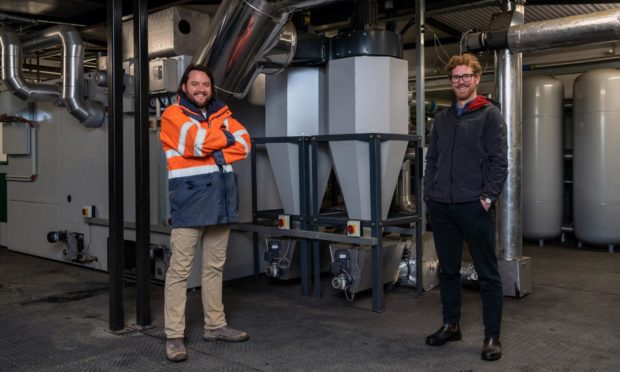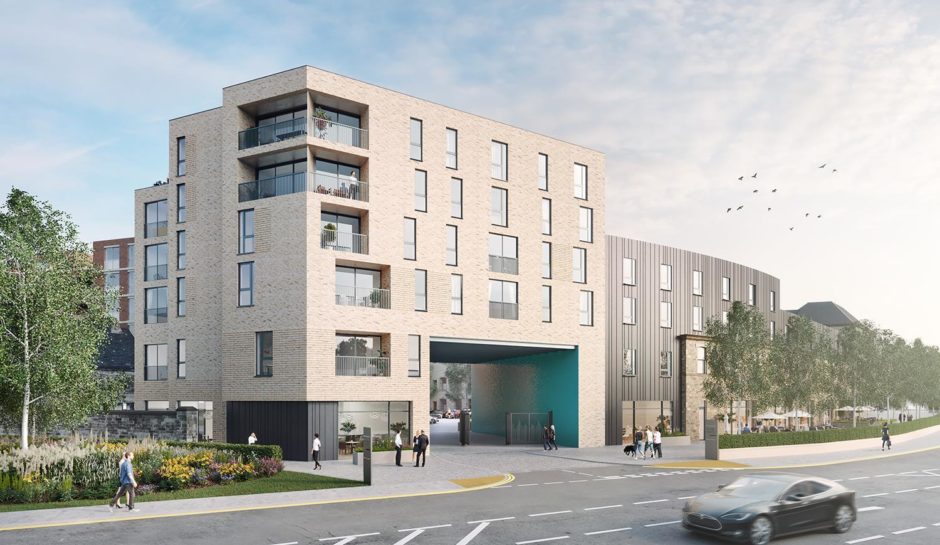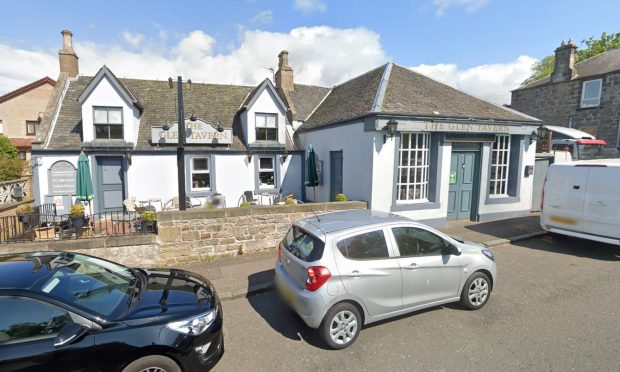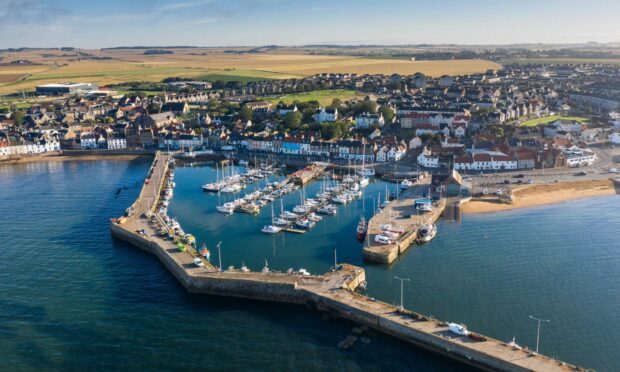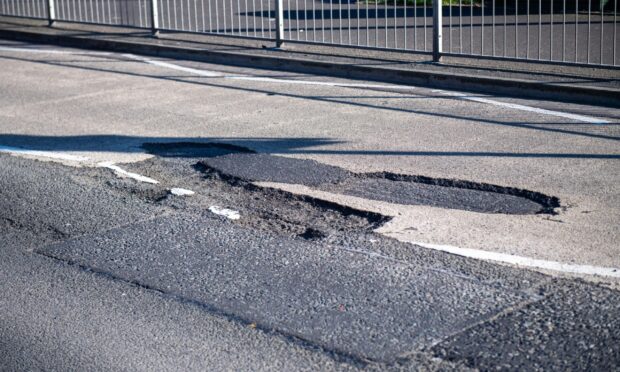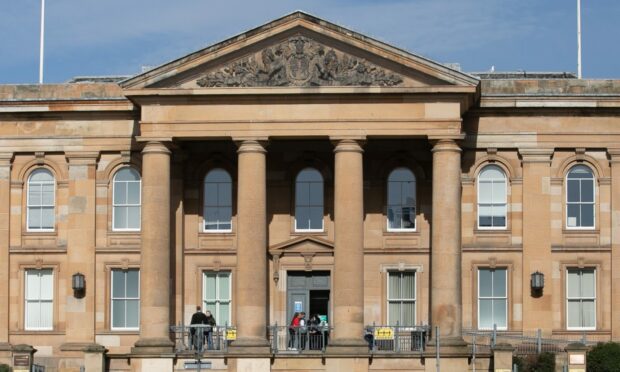A major Dunfermline housing development will be heated by potato peelings.
The new apartments at the former Pilmuir Works are to be fuelled primarily by local green energy, including peelings and leftovers.
The development, known as The Linen Quarter, is now connected to the town’s pioneering district heating system.
It is the biggest private project to secure connection to the low-carbon network, an alternative to traditional gas heating which requires under-sea drilling and hundreds of miles of transportation.
Dan Multon, director with Byzantian, the company behind the project, said: “This is a milestone moment for The Linen Quarter and a clear indicator that Scotland is moving to renewable energy sources.
“The benefits of this scheme are substantial for residents, the environment and the wider Fife economy.”
The Dunfermline district heating system launched in 2010 and serves a mixture of residential, leisure, social and retail properties within the town.
Its source is Dunfermline recycling centre, with heat primarily from degrading waste which supplies a network of underground pipes that carry hot water.
In winter, it is supplemented by a wood chip boiler.
The system is run by Fife Council and any revenue generated is used to bring social and economic benefits to the local area.
Jonathan Coppock, a mechanical engineer with the council, said: “It has been a privilege to work with Byzantian on this prestigious and exciting development.
“Fife Council, from the early feasibility stage, worked alongside the Byzantian project team to ensure that district heating was the right solution for the development.
“We maintained involvement during the construction phase, offering both technical and legal assistance, to help streamline the process.
“The Linen Quarter is a valuable addition to the Dunfermline community energy scheme and helps towards achieving Scotland’s ambition to decarbonise heat.”
For customers, it means reduced energy bills, which are monitored by an ombudsman, and a reduction in system maintenance costs associated with gas boilers.
It also ensures the properties deliver on renewable energy targets without the need to install costly solar panels,
The Linen Quarter is a mix of new build and refurbished apartments, which launched to the market in February.
